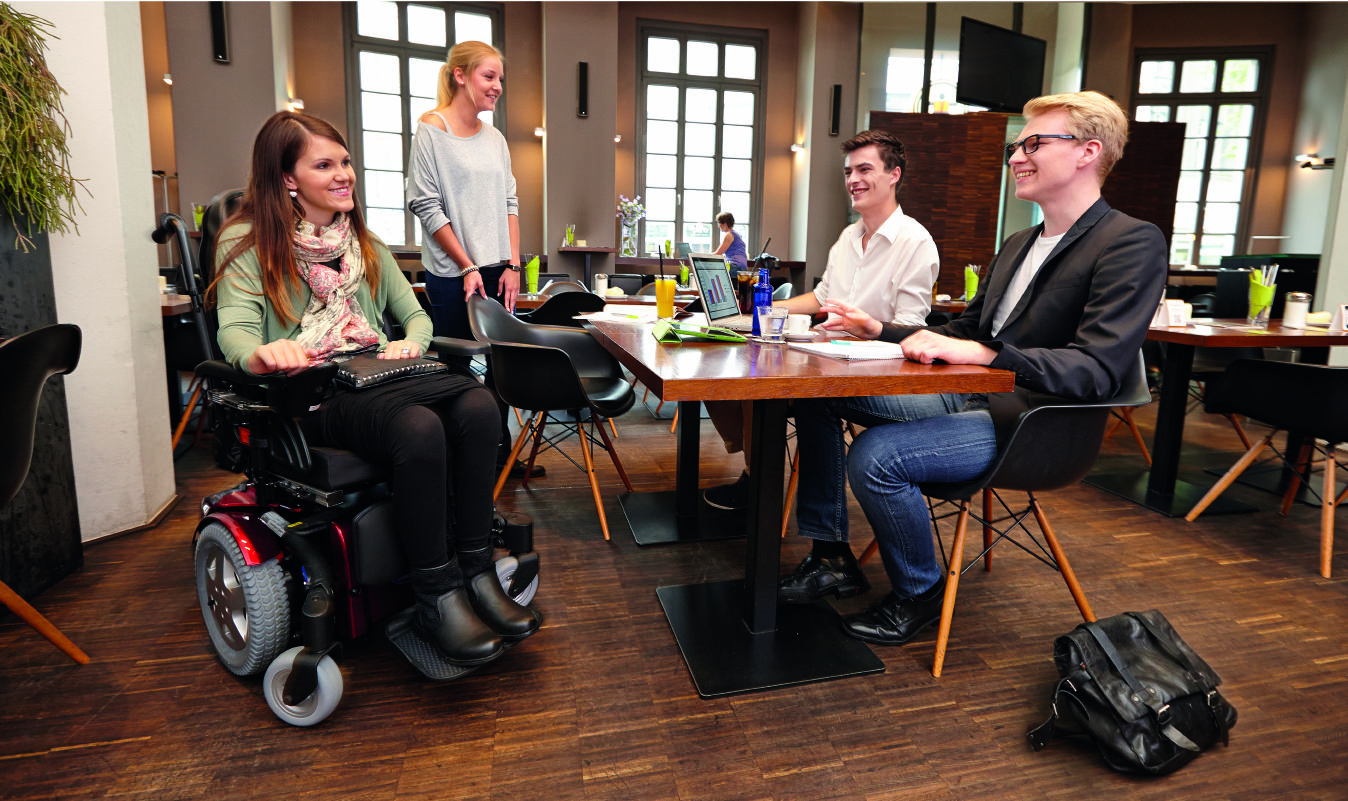You can make your own accessible toilet, but what about public toilets?

There are many things we all take for granted. In fact, almost everything we consider a part of our daily routine is taken for granted most of the time. Folks with disabilities – we never think much about our day-to-day stuff no matter how testing it may be. At least not until we put it into perspective.
One such thing – and possibly the most important one – is going to the toilet. We all need to visit this place multiple times per day, but having a physical disability makes this a steep challenge to overcome. Multiple times per day.
Of course, there are ways to make this less of a chore.
Making your toilet accessible doesn’t have to be complicated
Whether you’re modifying an existing toilet in your home or building an accessible one from scratch, there are many options at your disposal. Probably the most common and by far the simplest way to make a toilet more accessible is to add a raised toilet seat on top of a standard toilet. You can also install a taller toilet bowl, but, depending on your’s or your loved one’s mobility, you may also need to equip your toilet with a frame or grab bars, be they fixed or foldable. A few of the common-sense type of things you can do is to make sure that the toilet paper is within reach and can be detached with one hand, as well as to provide more space to ease transfer to and from the toilet seat, while also ensuring enough room for a caregiver, should assistance be necessary.
Sometimes the toilet simply can’t be adequately modified or made accessible enough, so some people with disabilities come up with highly creative ways to help themselves in a home environment – for example, using a lifter and your imagination goes a long way towards a lot of toilet-related possibilities.
That solves our private toilets, but what about public ones? Well, since we can’t freely modify public property to suit our individual needs, and also due to them actually being in public, public toilets – also known as restrooms – pose a different challenge altogether.
The challenge of public toilets
For example, inaccessible locations may have stalls which are almost never able to fit a wheelchair, and transferring between the wheelchair and the toilet seat may pose a challenge. Similarly to private toilets, as we discussed before, accessible public toilets are designed to address the most common challenges by providing more space and bars for users to grab and hold during transfers, and even more space for an assistant, if one is necessary. Most public toilets will also have an emergency pull-string – a cord that reaches the ground, connected to a buzzer and a flashing red light – and a wheelchair-height sink and hand dryer. Not to mention a wheelchair-width door. Some countries have requirements concerning the accessibility of public toilets, and they will most likely include all of the modifications mentioned above.
Even with all this, it’s quite possible that the public toilet won’t be accessible enough for you. What then?
Well, you’re going to have to use your imagination and improvise. Just make sure you have fun doing so. I know I do.







